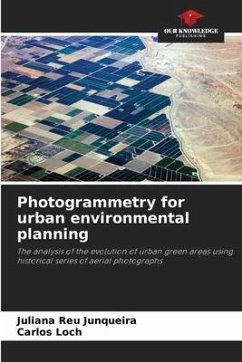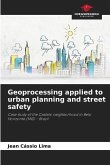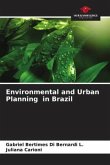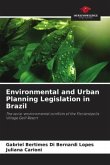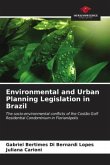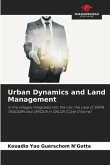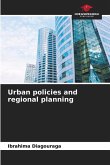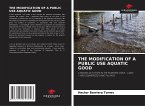The evolution of the human being brought along, besides a series of benefits, some problems. Among them is the loss of connection that the population has had with green areas, especially the urban ones. There is, increasingly, shortage of green areas inserted - in a correct and planned way - in the urban environment. The green areas inserted in the urban environment are of vital importance for the physical and environmental health of its inhabitants. However, these areas should be planned and inserted in a rational way in the urban context. This research deals with the evolutionary process of green areas in the Vila Nova District - Joinville, with urban-rural characteristics. Based on the physical-spatial data, the objective is to evaluate how this development happened, how the legislation has influenced this process and if the existing urban green areas in the delimited area are sufficient for the population demand. From the use of aerophotogrammetric products in sample dates, it is elaborated an analysis of how occurred the development of green areas in Vila Nova and how the anthropic action influences the landscape transformation and the urban environmental planning.
Bitte wählen Sie Ihr Anliegen aus.
Rechnungen
Retourenschein anfordern
Bestellstatus
Storno

